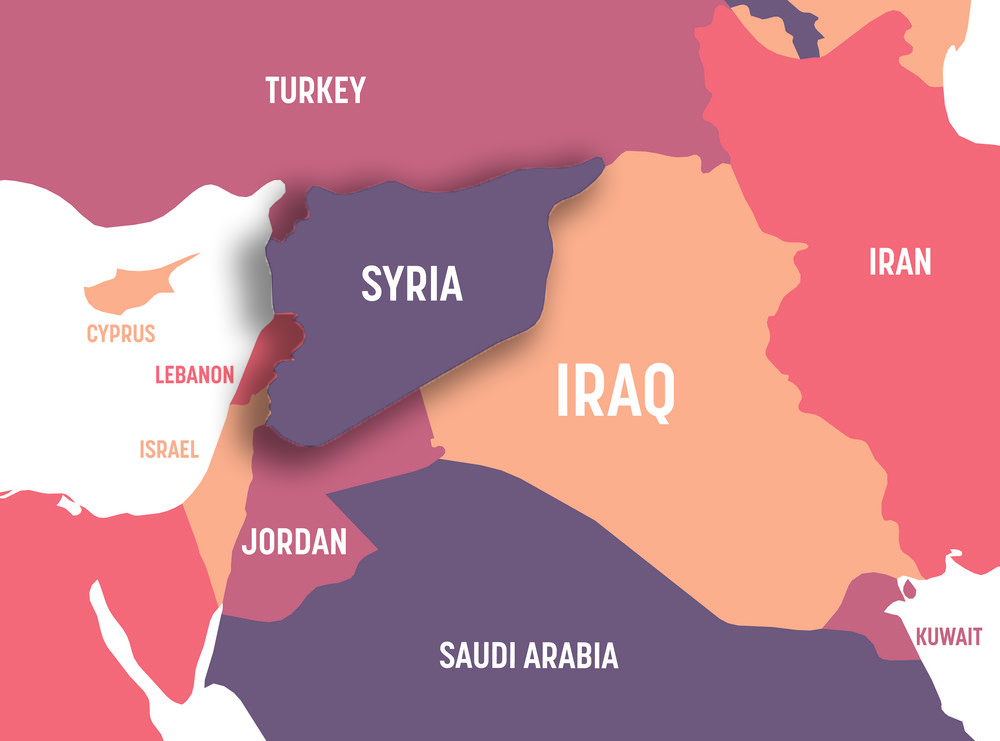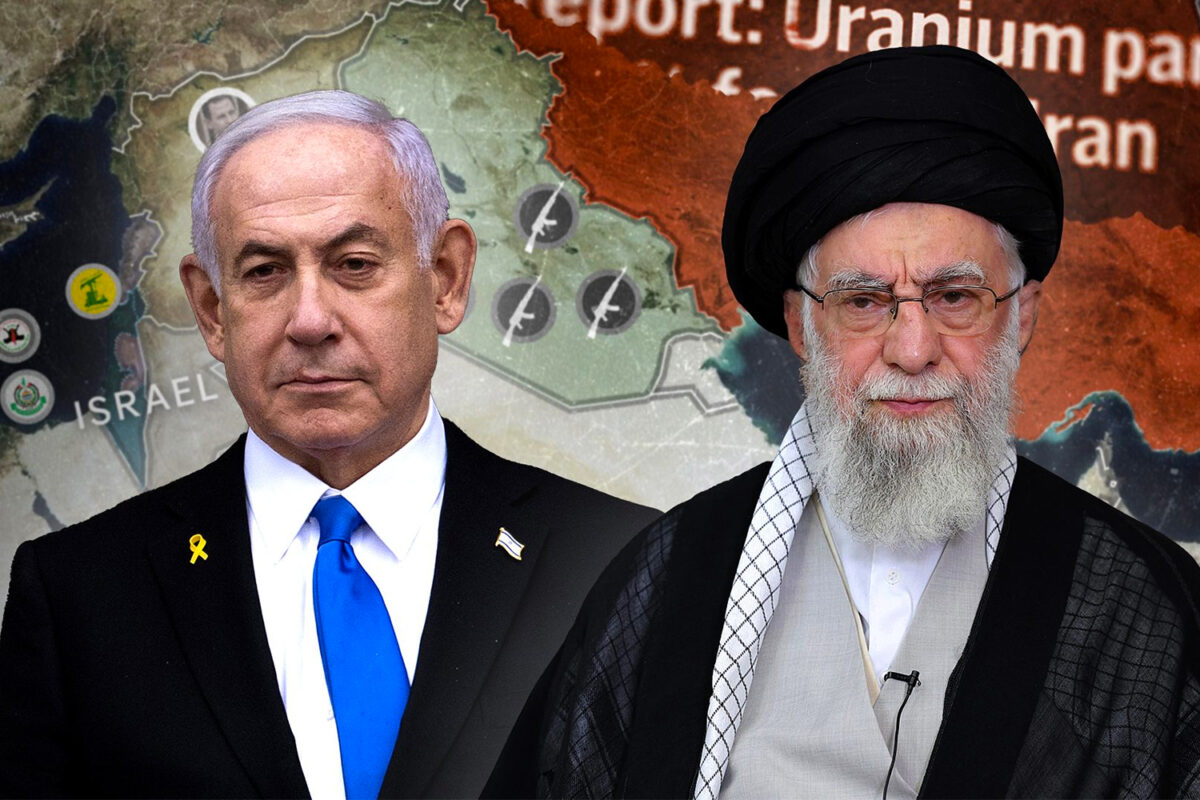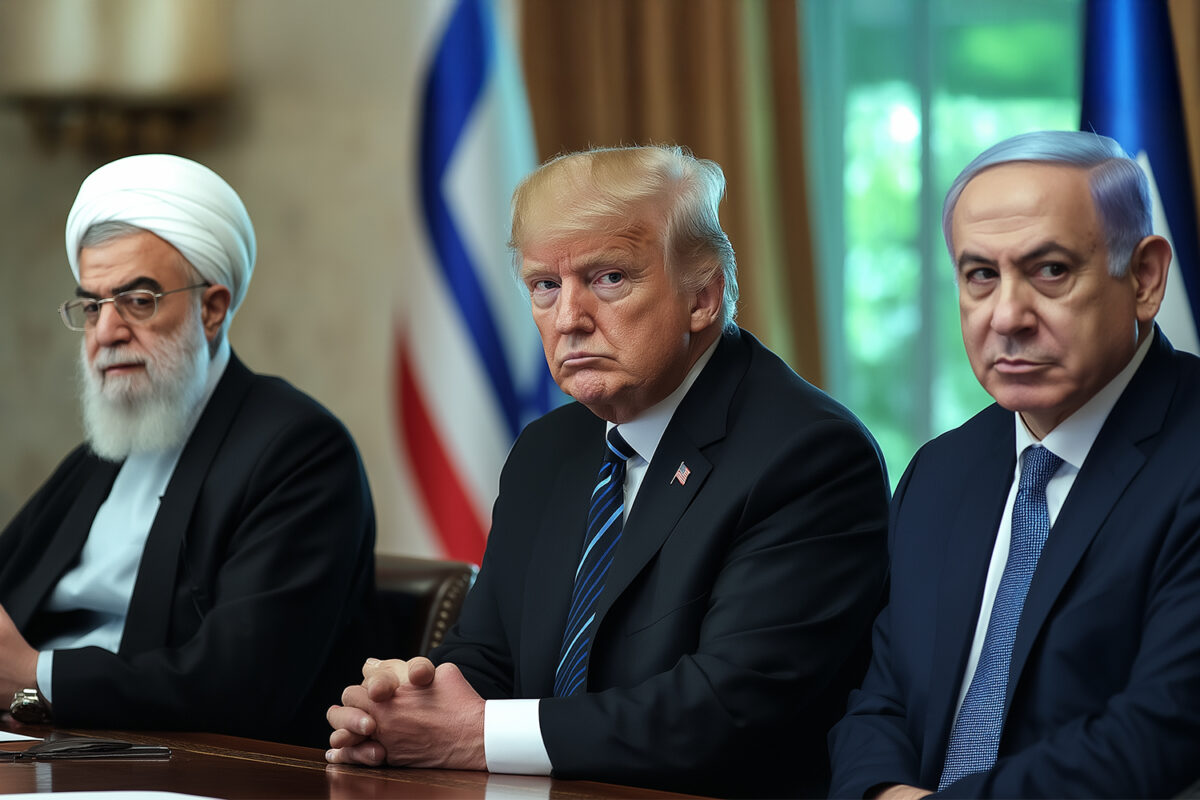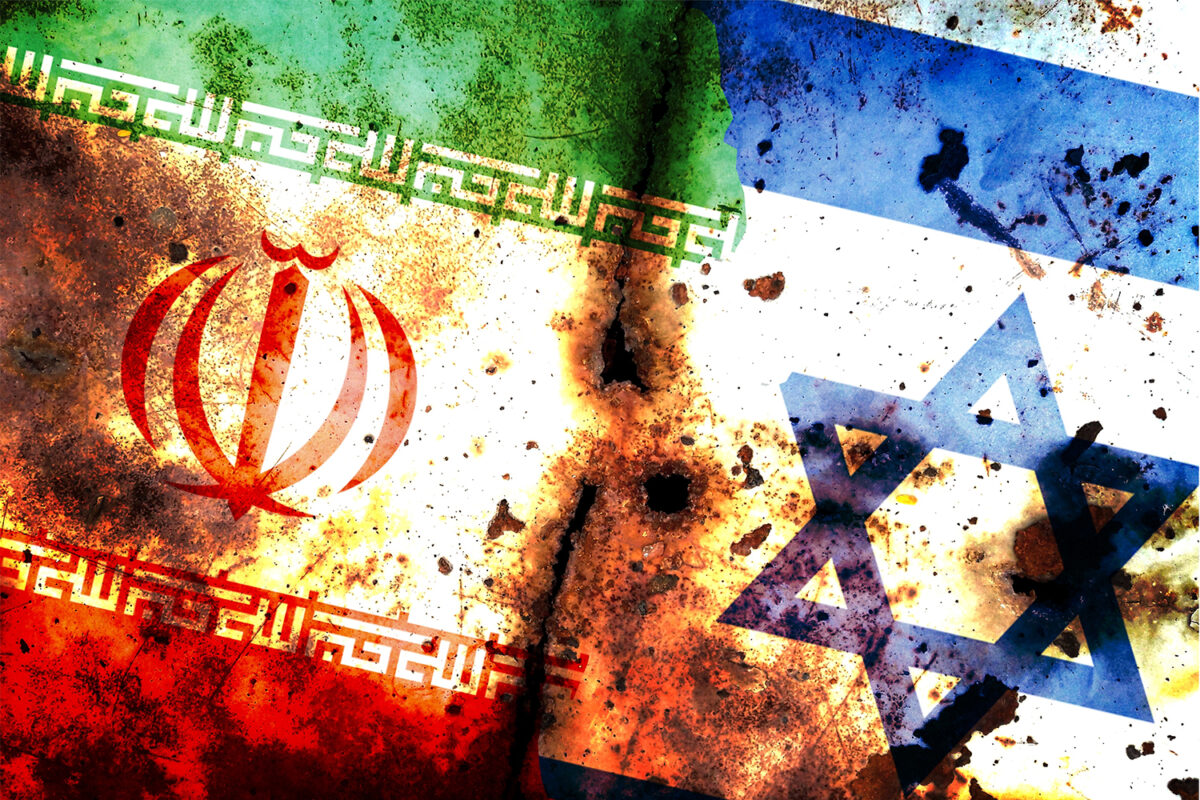On the 19th May, Syria’s embattled leader, Bashar al-Assad visited Saudi Arabia for the Arab league summit. This was a major diplomatic breakthrough for al-Assad who has faced a decade long uprising that saw his regime isolated in the region. His visit to Saudi Arabia is part of an overall normalisation process that has seen the Arab league recognise Syria back into its fold. After criticising the Syrian Ba’athist regime for so long, after the murder, slaughter and displacement of millions of Syrians, al-Assad is being welcomed with open arms.
Syria is not particularly endowed with mineral resources, it doesn’t have many oil and gas fields like the other nations in the region but what makes the country strategic in the region is its location. Syria is at the heart of the region and shares borders with many key nations. In the north is Turkey and to its east is Iraq. To its south is Jordan and to its west are both Lebanon and Israel. Syria also has a coast on the Mediterranean. As a result, Syria has played a leading role in the region, projecting power into other nations. Its border with Israel makes it critical to Israel’s security.
It was such geopolitical imperatives that attracted the US. In 1949 the US orchestrated its first coup in the region when Husni al-Za’im overthrew the government.[1] Al-Za’im’s military government would last for only 5 months when it was also overthrown in what was considered a British orchestrated coup. Husni Za’im was promptly executed. The US would in time develop relations with the Ba’athists who would emerge the most powerful faction in the 1960’s with Hafiz al-Assad coming to power in 1970. The US, much like it did with the clerical regime in Iran, maintained a policy of engagement with the regime, whilst publicly isolating it in the region. This allowed the US to use Syria for its strategic interests in the region by using a carrot and stick approach of engagement and isolation.
When the Arab spring came to Syria in 2011, US-Syrian relations were going through an engagement phase. The US was secretly orchestrating talks between Syria and Israel to settle the matter of Golan Heights. Syria was playing an active role in infiltrating the factions fighting the US military in Iraq and passing on valuable intelligence to the US. Bashar al-Assad, his regime and his wife were being presented as reformers in the region and were being wined and dined in the UK at 10 Downing street, whilst Senator John Kerry was making regular visits to Damascus. Hilary Clinton made the American position very clear when protests first broke out in Syria back in 2011: “There are deep concerns about what is going on inside Syria, and we are pushing hard for the government of Syria to live up to its own stated commitment to reforms. What I do know is that they still have an opportunity to bring about a reform agenda. Nobody believed Qaddafi would do that. People do believe there is a possible path forward with Syria. So we’re going to continue joining with all of our allies to keep pressing very hard on that.“[2]

When the Arab spring arrived in Syria this posed a major challenge to the US. The US initially believed Basher al-Assad could withstand the uprising and gave him plenty of cover through the Arab league and UN observer missions to quell the uprising. For the US the uprising was by the people of Syria against the regime. Its success was not in US interests and in fact it was a threat to the architecture the US created in the region after WW2. The US would engage many of the region’s nations who would in different parts of Syria support a variety of rebel groups. No one nation was present in multiple regions of Syria. The US kicked off conferences and summits that ranged from Vienna, Geneva to Riyadh. At the heart of all the summits and negotiations was the opposition negotiating with the al-Assad regime and the formation of a possible transitional government. The invitations that were sent out for such conferences were always limited and targeted to a select few opposition groups who supported this agenda. The inclusion of ex-regime members and the exclusion of influential groups demanding a change of the regime demonstrated the talks were to preserve the al-Assad regime and those opposed this agenda were labelled as terrorists. This was highlighted by al Jazeera at the time: “At the start of the conflict, the US publicly stood against (Syrian President) Bashar al-Assad. But at the same time they kept making false promises to the opposition. And now their true position is out in the open. The US is not standing against Assad. They are accepting him on the negotiating table and consider him the leader.”[3]
This raises the question, why did the US not just overthrow the deeply unpopular al-Assad regime and replace it with a more acceptable regime by both the US and the people? America’s influence in Syria was for long due to its relations with the Ba’athist regime. In places such as Pakistan and Egypt the US has broadened its relations with other political parties, institutions, civil society groups and personalities. In contrast to this, in the case of Syria the US for long maintained relations through the regime. As a result, the US had no one to replace the regime. This is why key US policy makers kept saying during the uprising that the regime needs to remain, even if Bashar al-Assad was to leave. Whilst there’s no doubt there were many who would have been willing to work with the US in Syria, the US didn’t see anyone it could replace the regime with. As a result, the US ensured the regime was maintained and not overthrown, despite its public statements to the contrary.
US didn’t see anyone it could replace the regime with. As a result, the US ensured the regime was maintained and not overthrown, despite its public statements to the contrary
There were two occasions when the regime was close to falling. The first of these was in 2013 when in the early years of the uprising the regime became overstretched after nearly two years of attempting to deal with uprisings across the length and breadth of the country. The regime gave up regaining the north of Syria as it no longer had the forces, due to the number of defections within the national army. It was here a group of prisoners, who were in a US prison facility in Iraq in the 2000s grouped together and took over Mosul in circumstances that are still considered suspect. They formed into what became ISIS and moved into the north of Syria. This aided the regime in Damascus as it forced the rebel groups in Syria who were planning to capture Damascus to turn back to defend territory which was under their control.
The second occasion was in 2015 when the regime in Damascus was exhausted and running out of both men and material. Things were so bad, Bashar al Assad in June 2015 gave a speech in Damascus where he admitted he had lost half of the country and couldn’t regain it back. This was when Russia intervened, building up its forces in the country. The US verbally criticised Russia’s entry, but did little to stop it, despite its military presence in the region. The US then cooperated with Russia by agreeing on an air protocol and sharing intelligence. Both occasions saw the US whether directly or indirectly ensuring the regime in Damascus remained in power.
The UAE, Saudi Arabia, Turkey, Jordan and Qatar armed different rebel groups and forced them all to join the peace talks with the regime. The rebel groups that refused to do so were left to defend themselves against the regime, ISIS and Russian air strikes. By 2020 with the country devastated by nearly a decade of war and with only a pocket of resistance around Idlib, the regime had survived with the help of both regional nations and the global powers.
The UAE, Saudi and Jordan have since 2021 been publicly calling for Syria’s return to regional organisations. But this was after the US had reached out to Syria in late 2020. The White House acknowledged a meeting in October 2020, between two US officials in Damascus with regime officials. Kash Patel, President Donald Trump’s top White House counterterrorism official attended the meeting as a senior White House aide. Patel admitted how an unidentified US ally in the region offered assistance with cancer treatment for the wife of President Bashar Assad. Its recently been revealed by a senior diplomatic official in the Arab League that the US has been in direct talks with Syria for years, the most recent talks “…took place in the Omani capital Muscat, ‘the city of secret negotiations’ between Washington and several nations in West Asia.” He also pointed out that the “…meetings included security figures from both countries and representatives of foreign Ministries.”[4]
The US is once again publicly criticising the regime in Damascus, whilst secretly she has been engaging in direct talks with the regime. For the Arab rulers the al-Assad regime has achieved something that they may face at any time. In the Middle East Lebanon has collapsed, Egypt’s economy is teetering, Iran’s economy is in dire straits and in Algeria and Sudan the former regimes continue to be challenged by the people. By bringing Bashar al-Assad in from the cold they are rubber stamping his actions to remain in power.
[1] Wilford, Hugh, America’s Great Game: The CIA’s Secret Arabists and the Making of the Modern Middle East. 2013, pp. 94, 10
[2] US dept of state, Hilary Clinton interview with Lucia Annunziata of “In Mezz’Ora,” May 2011
[3] The shifting lines in Syria | Features | Al Jazeera
[4] EXCLUSIVE: US and Syria holding secret talks in Oman (thecradle.co)





